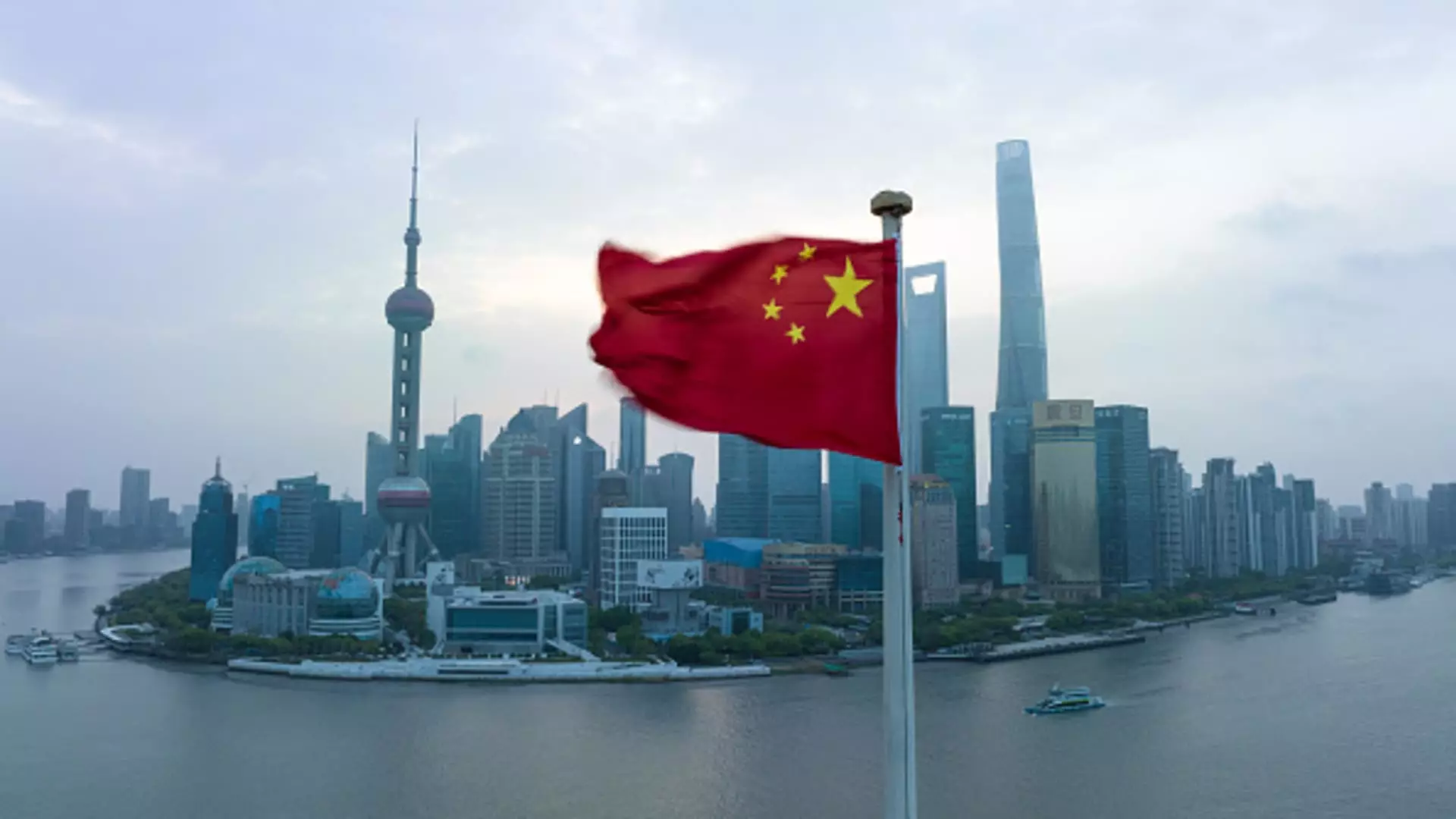In recent times, a remarkable transformation is underway within China’s corporate landscape, characterized by unprecedented dividend payouts and share buybacks. These initiatives, driven by a combination of market pressures and strategic government policies, have garnered the attention of domestic and international investors alike. With record-breaking figures being reported, the Chinese stock market appears to be shifting toward a model that emphasizes shareholder returns, signifying a potential pivot from traditional corporate practices.
As reported by the China Securities Regulatory Commission (CSRC), Chinese-listed companies paid out an astounding 2.4 trillion yuan (approximately $328 billion) in dividends last year, marking a historical high for the nation. Furthermore, share buybacks reached an all-time high of 147.6 billion yuan. Market observers and analysts, including those from Goldman Sachs, predict that the total cash distribution from Chinese companies could escalate to $3.5 trillion this year. This trend signals a definitive shift in corporate governance, with companies increasingly inclined to reward shareholders rather than keeping cash reserves stagnating.
The Catalyst Behind Higher Payouts
Several factors contribute to the surge in dividends and buybacks. Analysts highlight a fundamental change in mindset among corporate leaders, who are now seeking to return surplus cash to shareholders in lieu of traditional investments in growth. HSBC’s Asia equity strategist, Herald van der Linde, emphasized this shift, suggesting that many companies find themselves in a position where they have excess cash but limited avenues for its productive use. Consequently, returning funds to shareholders has become a strategic priority.
Moreover, the Chinese government plays a significant role in influencing these changes. By providing tax incentives for companies to increase shareholder returns and launching support programs, Beijing is adamant about enhancing corporate efficiency and promoting a more shareholder-friendly environment. Regulatory updates from the central bank, including a 300 billion yuan relending program, reflect an effort to bolster the stock market while encouraging firms to prioritize dividend payouts.
State-owned enterprises (SOEs) have emerged as forerunners in this dividend frenzy. Key players like PetroChina and CNOOC have reported impressive dividend yields, underscoring the government’s direct influence. Jason Hsu from Rayliant Global Advisors aptly noted that SOEs are particularly compliant with government directives, enhancing the intensity of their shareholder returns.
Interestingly, the trend does not solely apply to state enterprises. Private companies such as e-commerce giant JD.com have also undertaken substantial buyback programs, further illustrating that the movement towards enhanced dividend policies spans across the corporate spectrum. These burgeoning payouts benefit large-cap companies in particular, as they are more equipped to meet shareholder expectations.
Despite the remarkable increase in dividends, China’s payout ratio—standing at 52.58% as of early 2024—remains below that of several other nations. While this figure exceeds that of Japan and South Korea, it significantly lags behind Australia’s 89.2% and Singapore’s 78.13%. The ongoing government initiatives are likely a calculated effort to close this gap, although a move towards higher payouts could also lead to capital outflow, putting pressure on the Chinese yuan.
While short-term gains for investors are expected, the long-term implications of this strategy may require careful consideration. Analysts are divided on the outcomes; while increased dividends might attract foreign investment, they may also lead to an exodus of capital as investors seek higher returns in more lucrative markets.
The push for higher dividend payouts serves an immediate purpose in quelling local investor sentiment, particularly at a time when China’s real estate and equity markets are facing challenges. The allure of dividend yields may serve as an essential tool for retaining domestic investments while providing alternatives to low-yielding bank deposits.
However, the imperative for companies remains clear: they must align their strategies to deliver tangible returns to shareholders amidst a backdrop of uncertainty. For many investors, trusting the sustainability of businesses moving forward hinges largely on their ability to continue offering attractive dividends. With the market teetering between caution and optimism, strengthening corporate governance and enhancing shareholder value will be pivotal as stakeholders navigate this transformative era.
The evolving landscape of Chinese corporate governance signals a newfound emphasis on shareholder returns through record dividends and share buybacks. This strategic shift not only reflects responses to domestic pressures but also an alignment with government objectives. As companies navigate this climate, both state-owned and private enterprises are poised to redefine the investment paradigm in China. The path ahead seems ripe with potential, yet comes with its own set of challenges which must be met with diligence and strategic foresight. The commitment to enhancing shareholder returns could very well modify the course of investment strategies across the region and beyond.


Leave a Reply